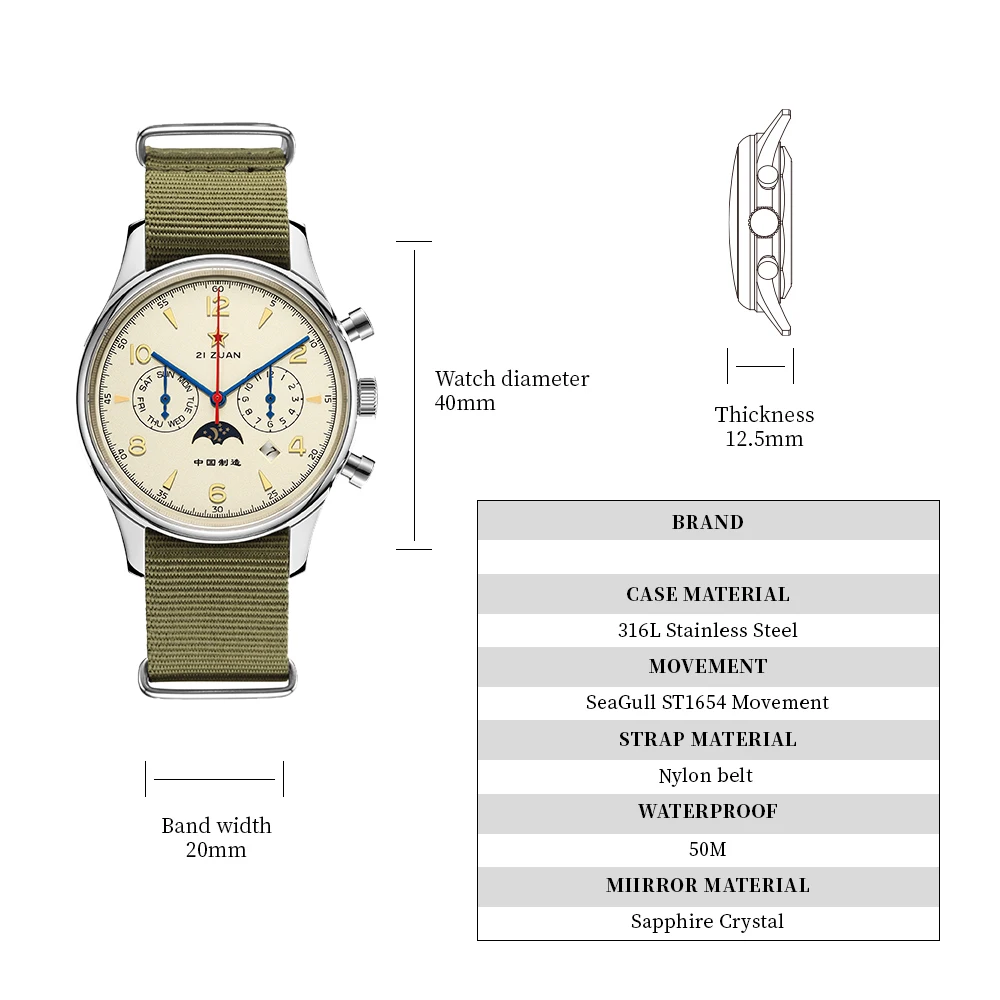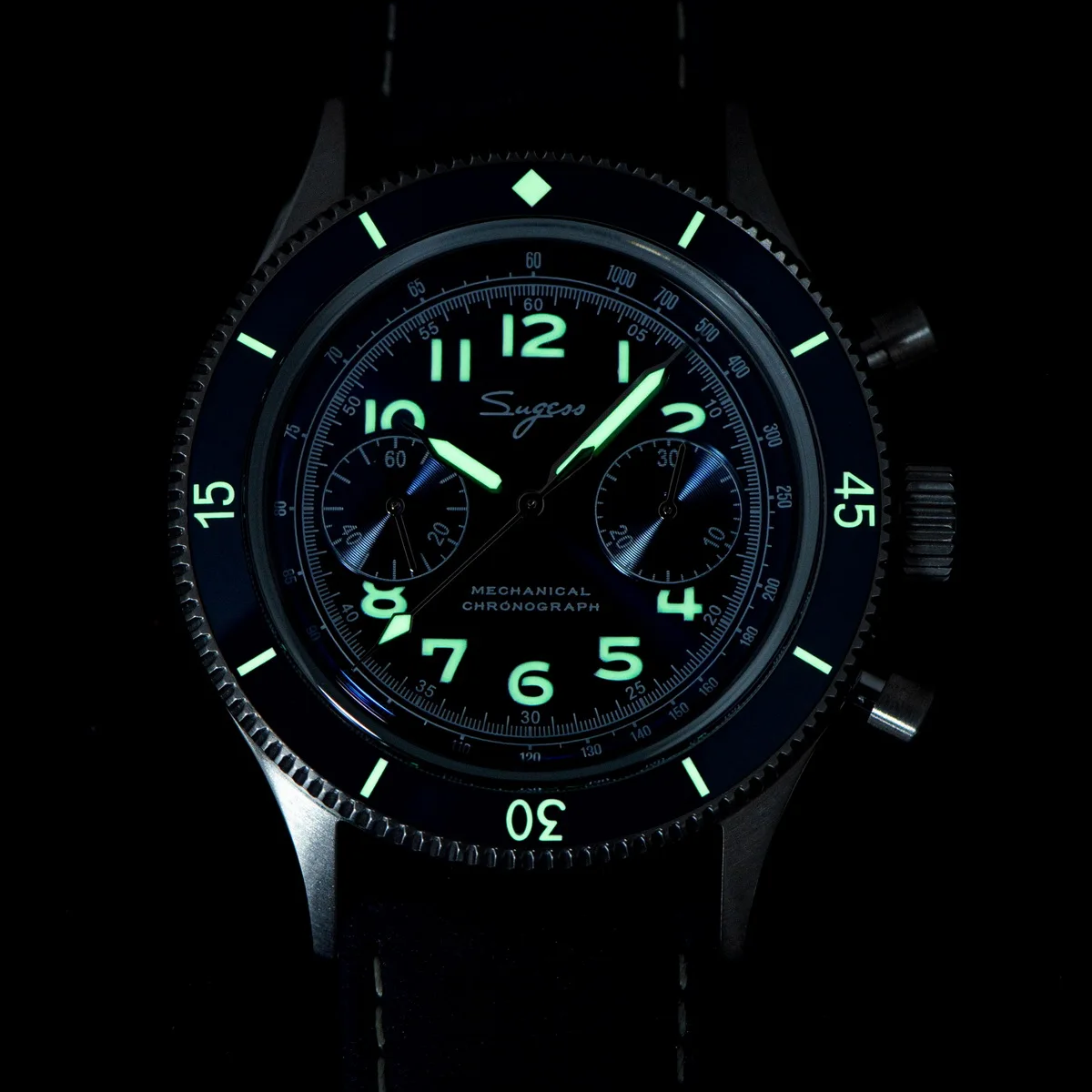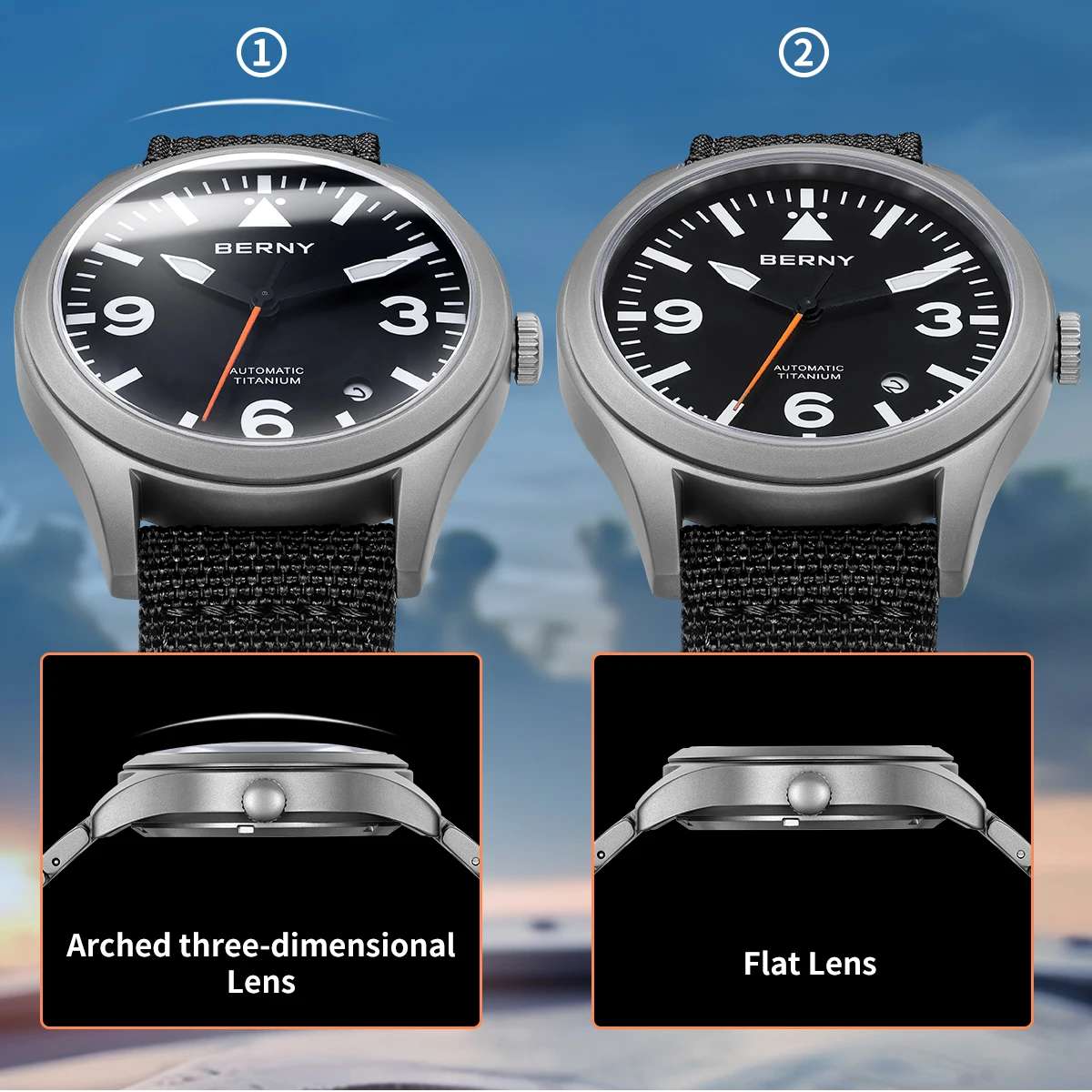Introduction: Why Precision Time Synchronization Matters in Global Aviation
In the fast-paced world of aviation, precision timing isn’t just important—it’s absolutely critical. Every day, thousands of aircraft crisscross our skies, traversing multiple time zones at hundreds of miles per hour. Behind this seamless global dance lies a foundation of standardized time that enables pilots, air traffic controllers, and ground operations to coordinate with perfect synchronicity.
The use of a universal time standard—whether called GMT, UTC, or Zulu time—forms the backbone of worldwide aviation coordination. Without it, the complex puzzle of global flight operations would quickly descend into confusion and potential danger. When aircraft are moving at over 500 mph, even small misunderstandings about time can create serious safety hazards.
Imagine the chaos if pilots, controllers, and dispatchers each relied on their local time zones to coordinate movements across continents. The standardization provided by historical developments in timing precision has eliminated this risk, allowing an aircraft departing Tokyo to seamlessly coordinate with controllers in Anchorage, dispatchers in Chicago, and arrival operations in New York—all speaking the common language of universal time.
This standardized approach to time is one of aviation’s most fundamental yet often overlooked safety systems, quietly enabling the global transportation network we rely on daily.
Understanding the Terminology: GMT, UTC, and Zulu Time Explained
Greenwich Mean Time (GMT)
The story of universal time begins at the Royal Observatory in Greenwich, London. This location marks the Prime Meridian—0° longitude—from which all global time zones are measured. For centuries, GMT served as the international standard for timekeeping, determined by astronomical observations. This historical connection to navigation made GMT the natural choice for early aviation pioneers who needed a standardized time reference for flight operations across countries and continents.
The GMT functionality explained in many aviation watches reflects this heritage, allowing pilots to track this critical reference time alongside local time.
Coordinated Universal Time (UTC)
While GMT established the framework, modern aviation relies on UTC (Coordinated Universal Time)—a more scientifically precise standard that replaced GMT as the global reference. Unlike GMT, UTC is based on extremely accurate atomic clocks rather than astronomical observations. This system maintains precision to within nanoseconds, providing the exacting standard that modern air transportation demands.
UTC represents the official global standard for time, serving as the reference point for all time zones worldwide. This ultimate guide to GMT functions in tool watches explains how this precision is incorporated into timepieces designed for aviation professionals.
Zulu Time (Z)
In aviation operations, UTC is commonly referred to as “Zulu time,” derived from the NATO phonetic alphabet where “Z” represents the letter assigned to the zero meridian. When you hear pilots or controllers saying “zero three hundred Zulu” (written as 0300Z), they’re referring to 3:00 AM UTC.
This standardized terminology eliminates any potential confusion in international communications, ensuring that when a controller in Singapore and a pilot from Brazil discuss a time, they’re operating with the exact same reference.
The Relationship Between Terms
In practical aviation usage, GMT, UTC, and Zulu time effectively refer to the same universal time reference (UTC+0). While there are technical differences between GMT and UTC (GMT being based on the Earth’s rotation and UTC on atomic time), these differences are negligible for aviation purposes. GMT evolved into UTC as technology advanced, with “Zulu” becoming the aviation and military designation for this standard.
Why Aviation Demands a Universal Time Standard
The fundamental challenge of aviation is that aircraft move rapidly across time zones, making local time references impractical and potentially dangerous. A universal time standard solves numerous critical problems:
- Aircraft crossing multiple time zones at high speeds creates chaos if using local times
- Global operations require synchronization between ground facilities and airborne aircraft
- International flight coordination demands a single time reference to avoid confusion
- Seasonal time changes and daylight saving time create complications if relied upon
- Emergency situations require immediate, precise timing with no room for conversion errors
- Global air traffic management systems depend on a unified time standard
Consider a typical long-haul flight from Los Angeles to Singapore, crossing more than 15 time zones. If each country’s air traffic control used their local time, pilots would need to constantly recalculate time references while managing complex flight operations. This would create an unnecessary cognitive burden and introduce opportunities for potentially dangerous errors.
The solution is elegant in its simplicity: everyone in aviation worldwide operates on a single time reference, regardless of where they’re physically located. GMT pilot watches were specifically designed to help aviation professionals manage this unique challenge, providing both local and universal time references simultaneously.
Critical Applications of Universal Time in Flight Operations

Flight Planning and Scheduling
Every aspect of flight planning hinges on universal time. Departure times, arrival times, waypoint crossings, and fuel planning all use UTC as their foundation. This standardization allows airlines to coordinate complex international schedules, allocate airport slots, and manage aircraft utilization across global networks.
Fuel calculations require precise timing estimates, as do crew duty limitations that ensure pilots and flight attendants receive adequate rest. The aviation industry has developed automatic pilot watches specifically designed to help flight crews track these critical time references.
Air Traffic Control Communications
Air traffic controllers worldwide communicate exclusively using UTC in their operations. When a controller in Mumbai hands off a flight to a controller in Muscat, both use identical time references. This standardization is vital for:
- Sequencing aircraft safely through congested airspace
- Managing runway departures and arrivals at precise intervals
- Coordinating international flights crossing multiple control regions
- Issuing clearances with time constraints
A typical ATC instruction might be: “United 354, cross ALPHA intersection at 1425 Zulu, maintain flight level 350.” This precise timing ensures safe separation from other aircraft in the vicinity.
Navigation and Position Reporting
Modern aircraft navigation systems are synchronized to UTC time. When pilots report positions or estimate arrival times over specific waypoints, they do so using Zulu time. This is particularly important for:
- Position reports in oceanic or remote airspace
- GPS and satellite navigation system synchronization
- Precision approaches requiring exact timing
- Required Time of Arrival procedures for optimizing airflow
These navigation functions often rely on precise chronographs and timing instruments with comprehensive chronograph use in aviation being essential knowledge for pilots.
Operational Coordination
Behind every flight is a complex network of operational departments that must coordinate seamlessly:
- Dispatch centers planning and monitoring flights
- Maintenance teams scheduling aircraft service
- Crew scheduling managing pilot and flight attendant assignments
- Ground handling coordinating passenger services and cargo
All these functions synchronize using UTC, creating a seamless operational environment despite being spread across multiple time zones.
Universal Time in Aviation Weather Systems
Weather information is critical to flight safety, and all aviation weather products worldwide use UTC exclusively:
METAR (Meteorological Aerodrome Reports): These current weather observations always include a timestamp in UTC. For example, “KJFK 151720Z 27015KT 10SM FEW045 23/14 A3000” tells pilots this observation was taken on the 15th day of the month at 1720 UTC.
TAF (Terminal Aerodrome Forecasts): These predictions include validity periods in UTC, such as “TAF EGLL 151100Z 1512/1612…” indicating a forecast issued on the 15th at 1100Z, valid from the 15th at 1200Z until the 16th at 1200Z.
SIGMET/AIRMET: These significant weather advisories include precise timing for hazardous conditions.
Radar and satellite imagery: All timestamps use Zulu time, allowing pilots to correlate images with their planned route times.
This standardization allows meteorological services worldwide to coordinate observations and ensures pilots can accurately determine how weather conditions relate to their flight timing. The birth of aviation timepieces was closely tied to these needs for precise weather timing.
Documentation and Record-Keeping Using Universal Time
The commitment to universal time extends to all aviation documentation:
- Aircraft logbooks record maintenance actions in UTC
- Pilot logbooks track flight hours and duty times in UTC
- Flight data recorders timestamp all information in UTC
- Accident and incident reports use UTC to sequence events
- Maintenance intervals and component life tracking use UTC
This standardization has significant legal implications, providing an unambiguous record for regulatory compliance, accident investigation, and operational analysis. For pilots and aviation professionals who need to maintain these records, chronograph pilot watches provide essential timing functions that align with these documentation requirements.
Practical Guide: Converting Between Local Time and UTC

Converting between local time and UTC is a fundamental skill for anyone involved in aviation. Here’s a straightforward approach:
- Understand the 24-hour clock used in aviation (0000-2359 instead of AM/PM)
- Know your local time zone offset from UTC (e.g., Eastern Standard Time is UTC-5)
- For local to UTC conversion: Add your offset hours if west of Greenwich, subtract if east
- For UTC to local conversion: Subtract your offset if west of Greenwich, add if east
For example, to convert 3:15 PM Eastern Standard Time to UTC:
– Convert to 24-hour format: 1515 hours
– Eastern Standard Time is UTC-5, so add 5 hours
– 1515 + 5 = 2015 UTC (or “2015Z”)
Special considerations include:
– When converting across the International Date Line, you may need to adjust the date
– During Daylight Saving Time, your local offset changes, but UTC never changes
– Digital tools and aviation apps can simplify these calculations
Understanding how GMT functions across timezones helps aviation professionals manage these conversions efficiently, particularly during international operations.
Avoiding Common Misconceptions About Aviation Time Standards
Several misconceptions about aviation time standards persist:
Misconception: GMT and UTC are different time standards used for different purposes.
Clarification: In practical aviation use, they refer to the same universal time reference. While technical differences exist, they’re negligible for operational purposes.
Misconception: Zulu time changes with daylight saving time.
Clarification: UTC/Zulu never changes for seasonal time adjustments. It remains constant year-round, which is one of its key advantages.
Misconception: UTC is only important for international flights.
Clarification: Even domestic operations benefit from standardized time, particularly for weather reports, ATC coordination, and documentation.
Misconception: Local time is used for most communication between pilots and controllers.
Clarification: All official aviation communications use UTC/Zulu, regardless of whether flights are domestic or international.
Understanding these distinctions helps aviation professionals avoid confusion and maintain the precise synchronization that safe operations demand.
The Future of Precision Timing in Aviation

As aviation technology advances, timing precision continues to evolve:
- Satellite-based navigation systems now require nanosecond-level timing accuracy
- Next-generation air traffic systems use Required Time of Arrival (RTA) procedures to optimize airspace
- 4D trajectory operations incorporate time as the fourth dimension in flight planning
- Automated aircraft systems increasingly rely on precise time synchronization
Automatic Chronograph Watches, Chronograph Pilot Watches
Price range: $233.36 through $237.58 Select options This product has multiple variants. The options may be chosen on the product pageClassic Automatic Dress Watches, GMT Automatic Watches, GMT Pilot Watches
Price range: $1,240.86 through $1,463.33 Select options This product has multiple variants. The options may be chosen on the product pageProfessional Spec Dive Watches, Titanium Automatic Watches
$574.74 Select options This product has multiple variants. The options may be chosen on the product pageClassic Pilot Watches, Military Inspired Automatic Watches
$561.00 Select options This product has multiple variants. The options may be chosen on the product pageClassic Field Watches, Classic Pilot Watches, Rugged Automatic Watches, Titanium Automatic Watches
Price range: $425.24 through $496.28 Select options This product has multiple variants. The options may be chosen on the product pageClassic Field Watches, Classic Pilot Watches, Military Inspired Automatic Watches, Titanium Automatic Watches
Price range: $425.24 through $496.28 Select options This product has multiple variants. The options may be chosen on the product page
Despite these technological advancements, UTC/Zulu remains the foundation of aviation timing. The robustness of this system and its universal adoption ensure it will continue as aviation’s common temporal language. For professionals in this field, titanium automatic watches provide the durability and precision timing capabilities needed in demanding aviation environments.
Why Every Aviation Professional Must Master Universal Time
The universal time standard represents far more than just a convention in aviation—it’s a fundamental safety system that enables global operations. From flight planning and weather analysis to air traffic control and documentation, UTC/Zulu time permeates every aspect of flight operations.
This common temporal language allows an aircraft to depart Singapore, traverse the Pacific, and arrive in San Francisco with perfect coordination between dozens of operational entities spread across multiple continents and time zones.
As aviation continues to grow more complex and interconnected, the importance of this standardized time reference only increases. The elegant simplicity of a single, unchanging time standard remains one of aviation’s most powerful tools for maintaining safety and efficiency in an inherently complex global environment.







